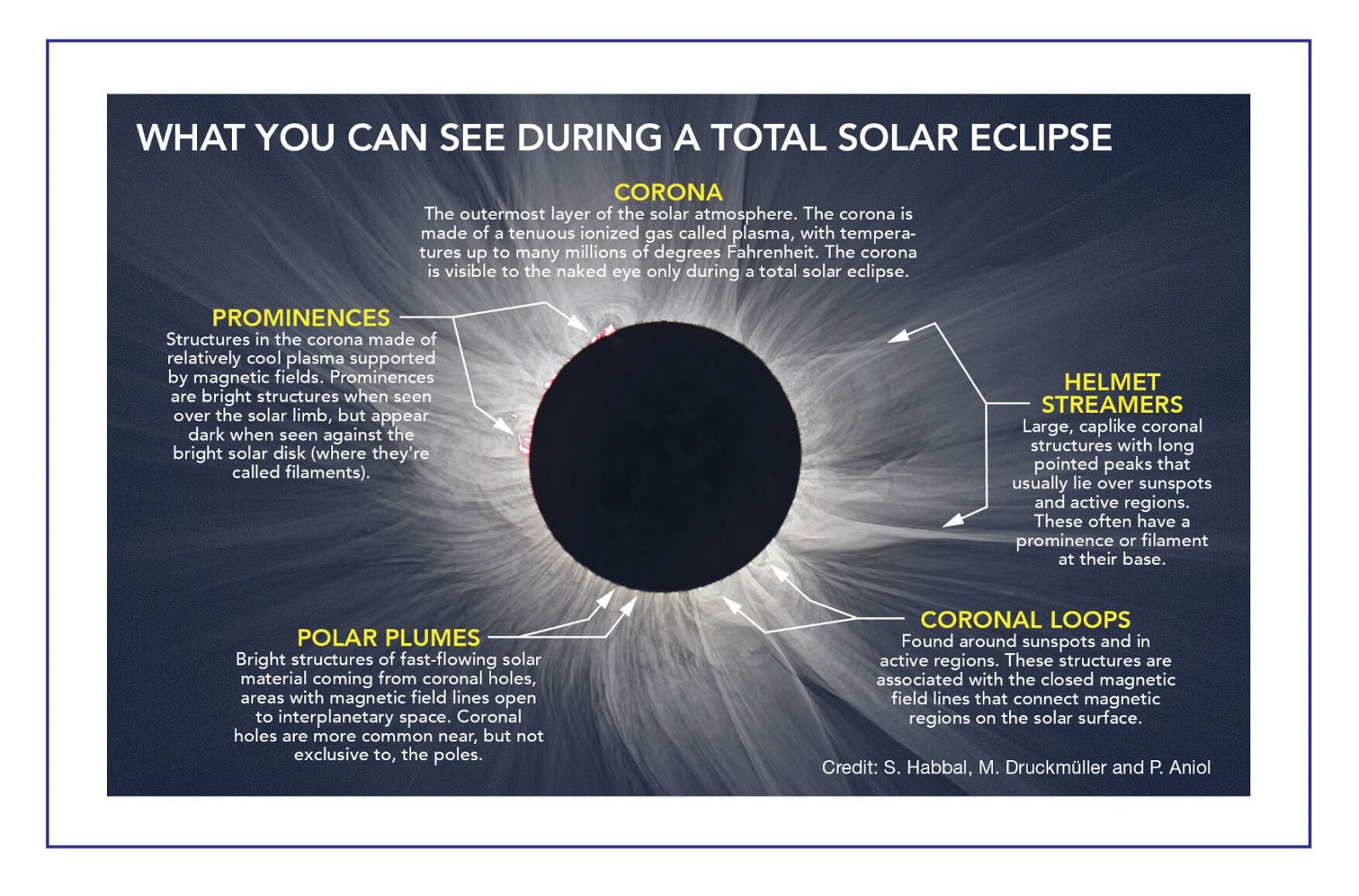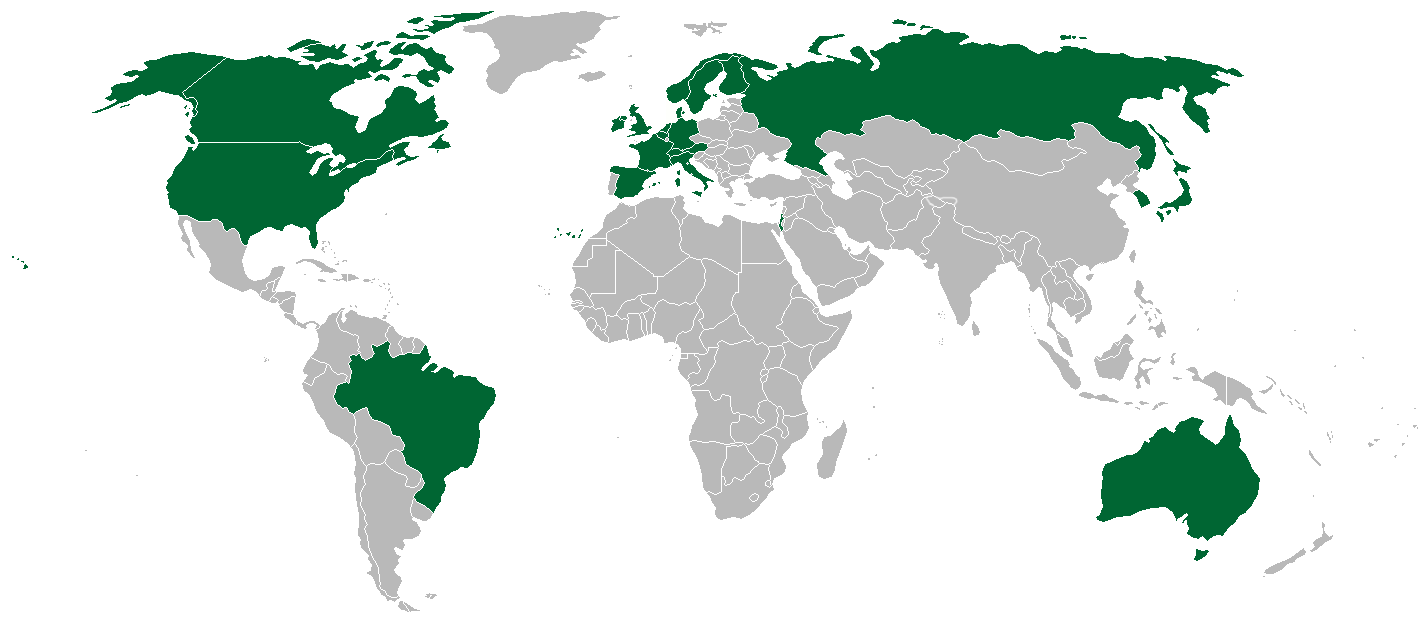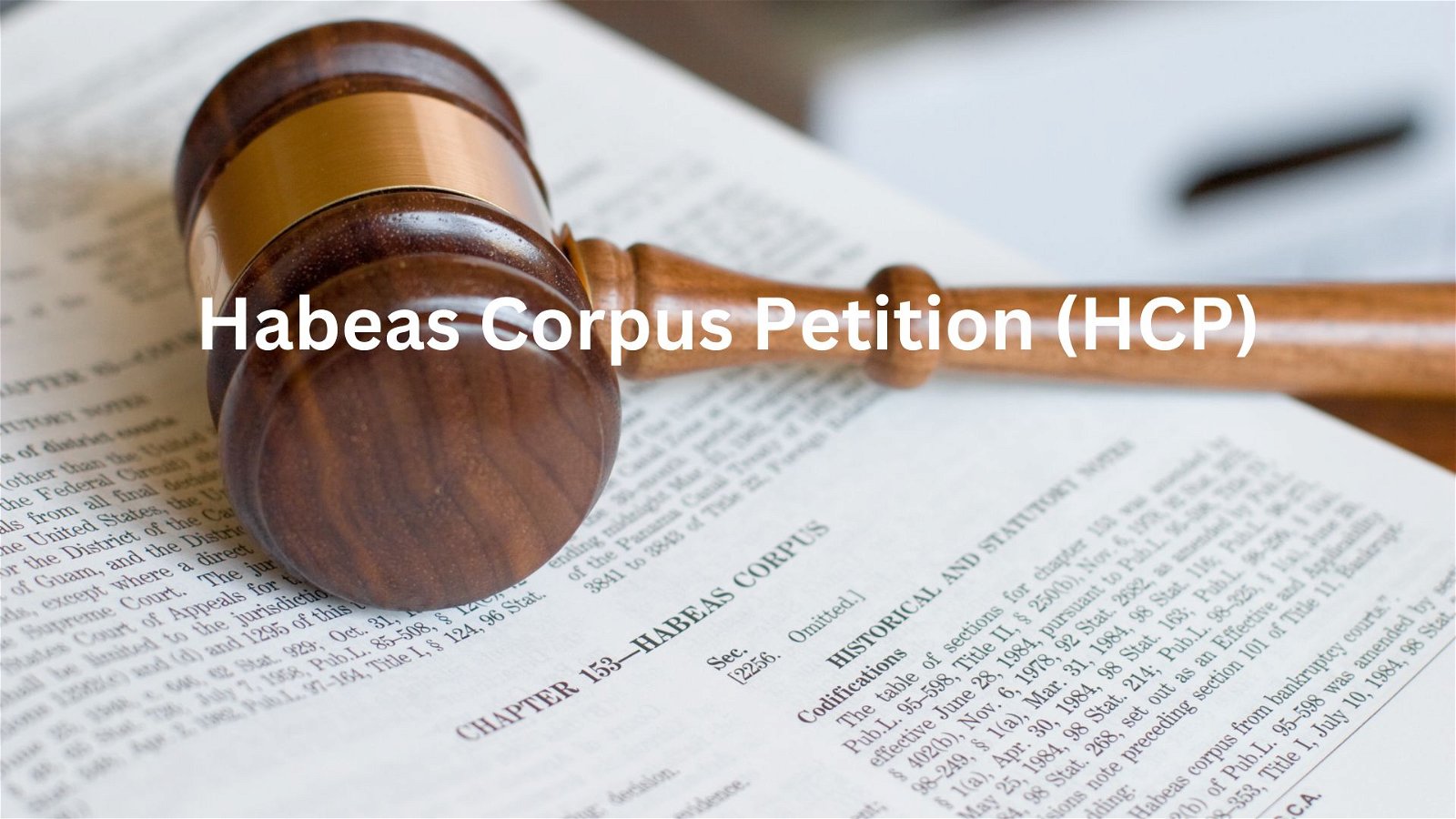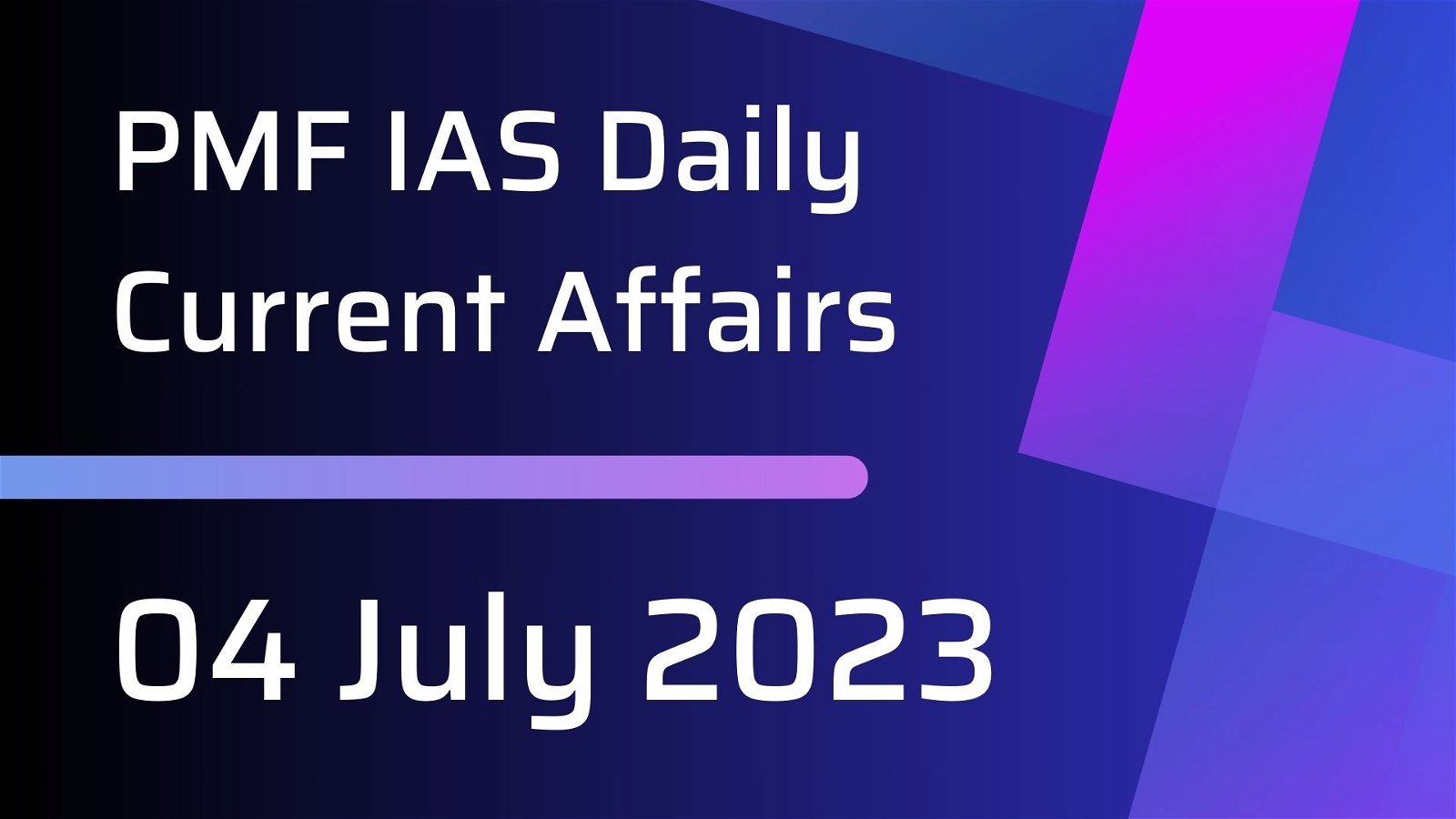
Gravitational Waves: Why is the Discovery of Gravitational Waves Important?
Subscribe to Never Miss an Important Update! Assured Discounts on New Products!
Must Join PMF IAS Telegram Channel & PMF IAS History Telegram Channel
Universe’s ‘Noisy’ Gravitational Wave Background
- Context (IE): Scientists have found evidence that low-frequency gravitational waves background exists. These waves create a cosmic background hum that permeates through outer space.
Gravitational Waves
- Albert Einstein predicted the existence of gravitational waves in his General Theory of Relativity.
- Gravitational waves are ‘ripples’ in the fabric of spacetime caused by some of the Universe‘s most violent and energetic processes.
|
What causes Gravitational Waves?
- Gravitational waves are created when massive accelerating objects (such as neutron stars or black holes orbiting each other) would disrupt spacetime so that ‘waves’ of distorted space would radiate from the source.
- Some examples of events that could cause a gravitational wave are:
- when a star explodes asymmetrically (called a supernova)
- when two big neutron stars orbit each other
- when two black holes orbit each other and merge
- These ripples travel at the speed of light through the Universe, carrying information about their origins.

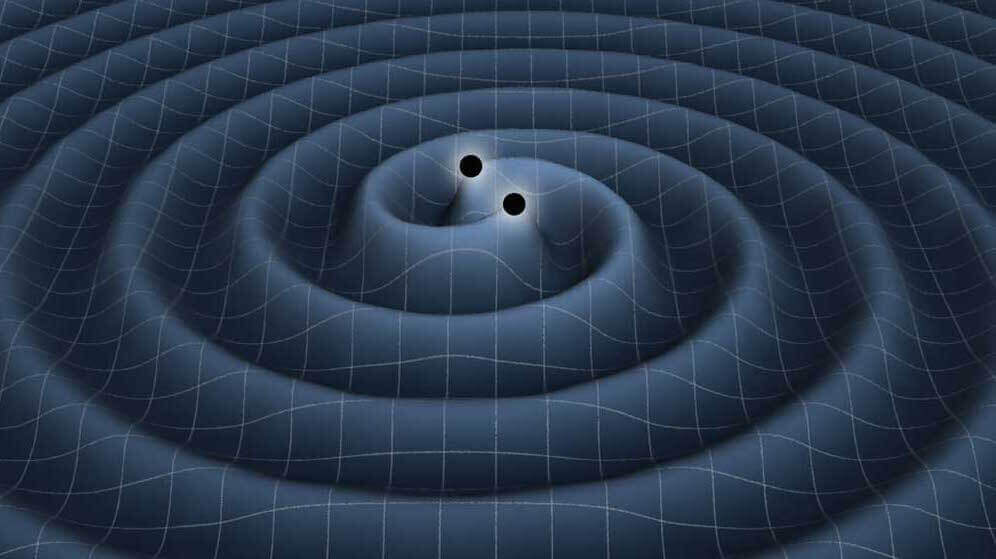
Spacetime (NASA) & Gravitational Waves (NASA)
When were Gravitational Waves First Detected?
- In 2015, The Laser Interferometer Gravitational-Wave Observatory (LIGO), USA, physically sensed the distortions in spacetime caused by passing gravitational waves generated by two colliding black holes nearly 1.3 billion light-years away!
- But those waves were high-frequency gravitational waves, believed to be produced by the merger of two small black holes about 1.3 billion years ago.
How LIGO Detects Gravitational Waves?


- While the processes that generate gravitational waves can be extremely violent and destructive, they are billions of times smaller when they reach Earth.
- When a gravitational wave passes by Earth, it squeezes and stretches space by a minuscule amount.
- LIGO can detect this squeezing and stretching. Each LIGO observatory has two “arms”. A passing gravitational wave causes the length of the arms to change slightly.
How were Low-Frequency Gravitational Waves Detected?
- The low-frequency gravitational waves were detected by studying pulsars using radio telescopes worldwide. Indian Pulsar Timing Array (InPTA) was also involved in this.
- Pulsars are distant rapidly-rotating neutron stars that emit pulses of radiation, observed from the Earth as bright flashes of light.
- These bursts take place at extremely precise intervals, making them useful as cosmic clocks.
- It was noted that some of the signals from these neutron stars arrived a little early while a few others were late. These inconsistencies were due to deformities caused in spacetime by gravitational waves.
|
Why is the Discovery of Gravitational Waves Important?
- Like the spectrum of electromagnetic waves, from microwaves to radio waves, there can be a wide range of gravitational waves of different wavelengths, frequencies, and energies.
- Faraway cosmic objects which cannot be detected visually (like black holes) can be detected and studied with the help of gravitational waves.
- The gravitational waves can work as sirens to measure the universe’s expansion rate and understand the universe’s origin and future.
Einstein’s Theory of General Relativity
Gravitational Lensing
|
How exactly do gravitational waves help measure the universe’s expansion rate?
|
[UPSC Prelims 2012] Which of the following is/are cited by the scientists as evidence(s) for the continued expansion of the universe?
Select the correct answer using the codes:
Explanation:
[UPSC Prelims 2019] Recently, scientists observed the merger of giant ‘blackholes’ billions of light-years away from the earth. What is the significance of this observation?
Explanation:
|
|





![PMF IAS Environment for UPSC 2022-23 [paperback] PMF IAS [Nov 30, 2021]…](https://pmfias.b-cdn.net/wp-content/uploads/2024/04/pmfiasenvironmentforupsc2022-23paperbackpmfiasnov302021.jpg)





